Home>Ideas and Tips>Nature-Inspired Biophilic Interior Design
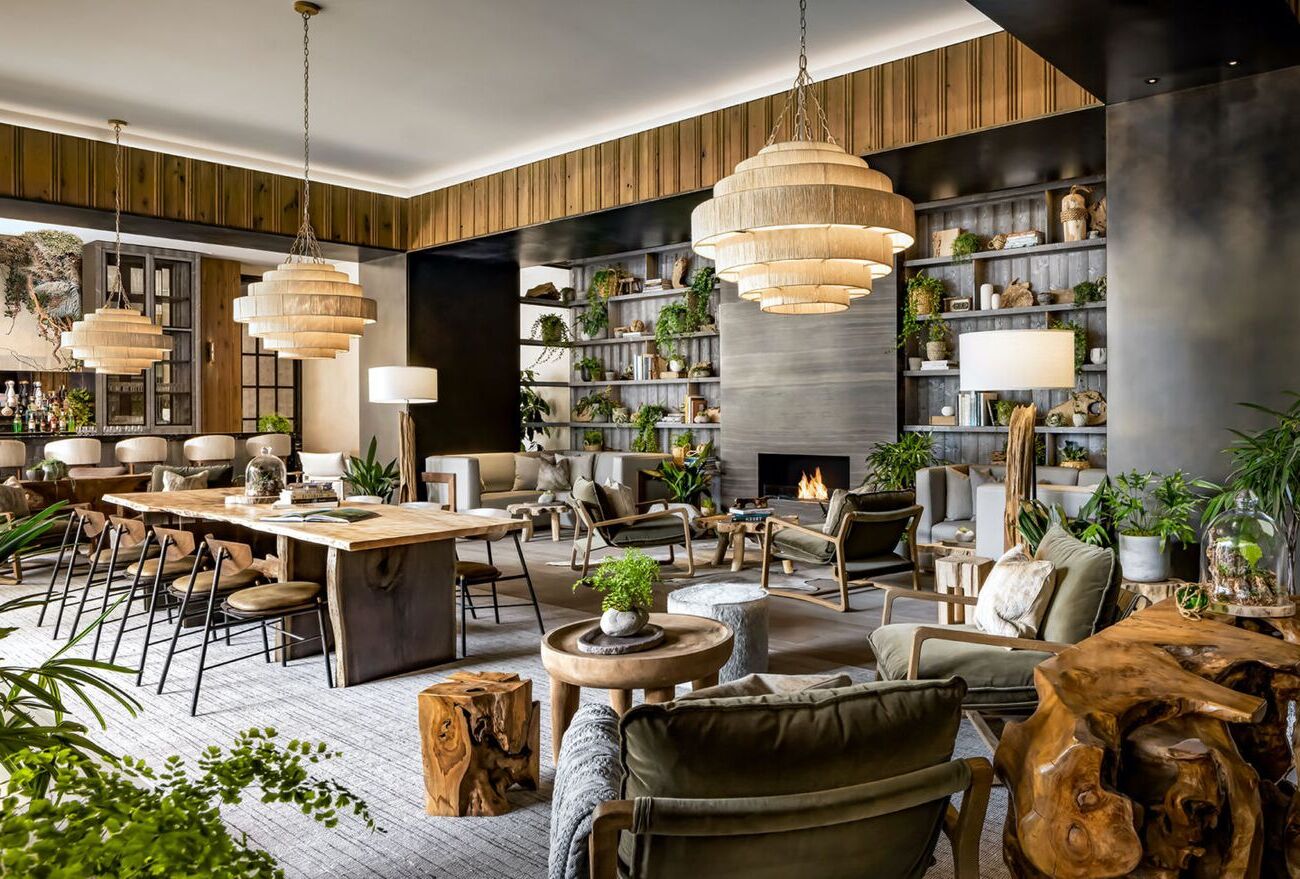

Ideas and Tips
Nature-Inspired Biophilic Interior Design
Modified: November 2, 2024
Discover the benefits of nature-inspired biophilic interior design and learn how to incorporate natural elements into your home for enhanced well-being.
(Many of the links in this article redirect to a specific reviewed product. Your purchase of these products through affiliate links helps to generate commission for Storables.com, at no extra cost. Learn more)
In the realm of home improvement, few trends have captured the essence of harmony and balance quite like nature-inspired biophilic interior design. This approach to interior design not only enhances the aesthetic appeal of a space but also fosters a deeper connection with nature. Biophilic design is an architectural and interior design movement that seeks to reconnect occupants with nature through the incorporation of natural elements into the built environment. The term "biophilia" was coined by biologist E.O. Wilson in 1984 to describe the innate human tendency to seek connections with nature. This concept has since been applied to various fields, including architecture and interior design.
Principles of Biophilic Interior Design
Natural Light and Views
One of the primary principles of biophilic design is the maximization of natural light and views. This can be achieved through large windows, skylights, and strategically placed mirrors to reflect natural light. Natural light not only brightens up a space but also has numerous health benefits, including improved mood and increased productivity.
Natural Materials
The use of natural materials such as wood, stone, and plants is essential in creating a biophilic environment. These materials not only add warmth and texture but also evoke a sense of naturalness. For example, a wooden coffee table or a stone fireplace can instantly make a room feel cozier and more inviting.
Greenery
Incorporating plants into your space is one of the most straightforward ways to bring biophilic elements into your home. From small potted plants to lush green walls, greenery can significantly enhance the ambiance of a room. Plants not only add visual interest but also improve air quality by filtering out toxins.
Water Features
The sound of running water can be incredibly soothing and is often used in biophilic designs to create a calming atmosphere. This can range from small fountains to larger water features like aquariums. Water features can also help to humidify the air, which is especially beneficial in dry climates.
Natural Patterns and Textures
Incorporating natural patterns and textures such as wood grain, stone patterns, or woven fibers can add depth and visual interest to a space while maintaining its connection to nature. These elements can be used in various ways, from furniture and decor to wall coverings and flooring.
Color Palette
A nature-inspired color palette typically includes shades of green, blue, and earthy tones. These colors not only reflect the natural world but also promote feelings of serenity and balance. For example, a room painted in soft greens and blues can create a tranquil and relaxing environment.
Benefits of Biophilic Interior Design
Improved Mental Health
Studies have shown that exposure to natural elements can significantly improve mental health by reducing stress levels and promoting a sense of well-being. For example, having a view of nature from your window or incorporating plants into your home can help to reduce anxiety and improve your overall mood.
Enhanced Productivity
Biophilic environments have been found to boost productivity by providing a more comfortable and stimulating workspace. For example, incorporating natural light and greenery into your home office can help to increase focus and creativity.
Better Air Quality
Plants are known to purify the air by removing toxins and pollutants, contributing to better indoor air quality. For example, having a few potted plants in your home can help to filter out harmful chemicals and improve the overall air quality.
Increased Property Value
Incorporating biophilic elements into your home can increase its value by making it more desirable to potential buyers. For example, a home with large windows, natural materials, and plenty of greenery is likely to attract more buyers and fetch a higher price.
Sustainability
Biophilic design often emphasizes sustainability by using eco-friendly materials and minimizing the use of artificial elements. For example, using reclaimed wood or recycled materials in your home can help to reduce your environmental impact and create a more sustainable living space.
Practical Applications
Choosing the Right Artwork Size
When it comes to incorporating artwork into your biophilic space, choosing the right size is crucial for maintaining scale and harmony. Here are five tips:
-
Consider the Room Size
- The size of the artwork should be proportional to the room. A large piece in a small room can overwhelm the space, while a small piece in a large room may get lost.
-
Think About the Furniture
- The size of the furniture should also be considered when choosing artwork. For example, if you have oversized furniture, you may want to choose larger pieces of art to maintain balance.
-
Look at the Color Palette
- The colors in your artwork should complement or match the natural color palette of your space. Avoid using bright or bold colors that might clash with the biophilic elements.
-
Check the Composition
- The composition of the artwork should be visually appealing and not distracting from other biophilic elements in the room.
-
Use Mirrors Wisely
- Mirrors can help reflect natural light and make a room appear larger, which is particularly useful when choosing artwork size.
Incorporating Plants
Incorporating plants into your biophilic space is one of the simplest yet most effective ways to bring nature indoors:
-
Choose Low-Maintenance Plants
- Select plants that are easy to care for, such as succulents or air plants, especially if you have limited time for maintenance.
-
Use Vertical Space
- Make use of vertical space by installing plant shelves or hanging baskets to maximize greenery without cluttering floors or tables.
-
Select Plants with Different Textures
- Mix different textures like smooth-leaved plants with prickly ones to add depth and visual interest.
-
Consider Air Purification
- Some plants like peace lilies or spider plants are known for their air-purifying properties, making them ideal additions to any biophilic space.
-
Add Green Walls
- For a more dramatic effect, consider adding green walls using modular planters or living walls systems which can transform any room into a lush oasis.
Designing Water Features
Water features can significantly enhance the ambiance of a biophilic space:
-
Select Quiet Water Features
- If you live in an apartment or have noise restrictions, consider quiet water features like small fountains or bubblers that create gentle sounds without being too loud.
-
Choose Eco-Friendly Options
- Opt for eco-friendly water features that use recycled materials and minimal water consumption to maintain sustainability.
-
Place Strategically
- Position water features in areas where they can be most appreciated, such as near seating areas or in quiet corners where relaxation is key.
-
Add Decorative Elements
- Incorporate decorative elements like pebbles, shells, or driftwood around water features to enhance their natural appeal.
-
Consider Sound Therapy
- The sound of running water has therapeutic benefits; consider placing water features in areas where sound therapy can be most beneficial, such as bedrooms or meditation rooms.
Case Studies
The Mall of Tripla in Helsinki
The Mall of Tripla in Helsinki is an excellent example of biophilic design in action. This shopping mall features nature-inspired biophilic interior design elements throughout its restaurants and public spaces, including large windows that allow natural light to flood in and lush greenery incorporated into the architecture.
Lars Gesing Fine Art
Lars Gesing Fine Art showcases how biophilic principles can be applied to art selection by providing tips on choosing the right artwork size for any space. The blog emphasizes the importance of scale and how it affects the overall aesthetic appeal of a room, ensuring that artwork complements rather than overwhelms natural elements.
Conclusion
Nature-inspired biophilic interior design offers a holistic approach to creating spaces that not only look beautiful but also promote well-being and sustainability. By incorporating natural elements like light, materials, greenery, water features, and thoughtful artwork selection, you can transform any room into a haven that reconnects you with nature. Whether you're looking to enhance your mental health or simply create a more inviting home environment, biophilic design provides endless possibilities for achieving harmony between indoors and outdoors.
In conclusion, embracing nature-inspired biophilic interior design is an investment in both your physical and mental health. It’s time to unlock daydreams by bringing the beauty of nature into your home through thoughtful design choices that celebrate the timeless trend of biophilic living.
This article aims to provide a comprehensive guide for those interested in incorporating nature-inspired biophilic elements into their home improvement projects. By understanding the principles behind this trend and applying practical tips from various fields such as art selection and plant incorporation, anyone can create a space that not only reflects but also enhances their connection with nature.
Was this page helpful?
At Storables.com, we guarantee accurate and reliable information. Our content, validated by Expert Board Contributors, is crafted following stringent Editorial Policies. We're committed to providing you with well-researched, expert-backed insights for all your informational needs.
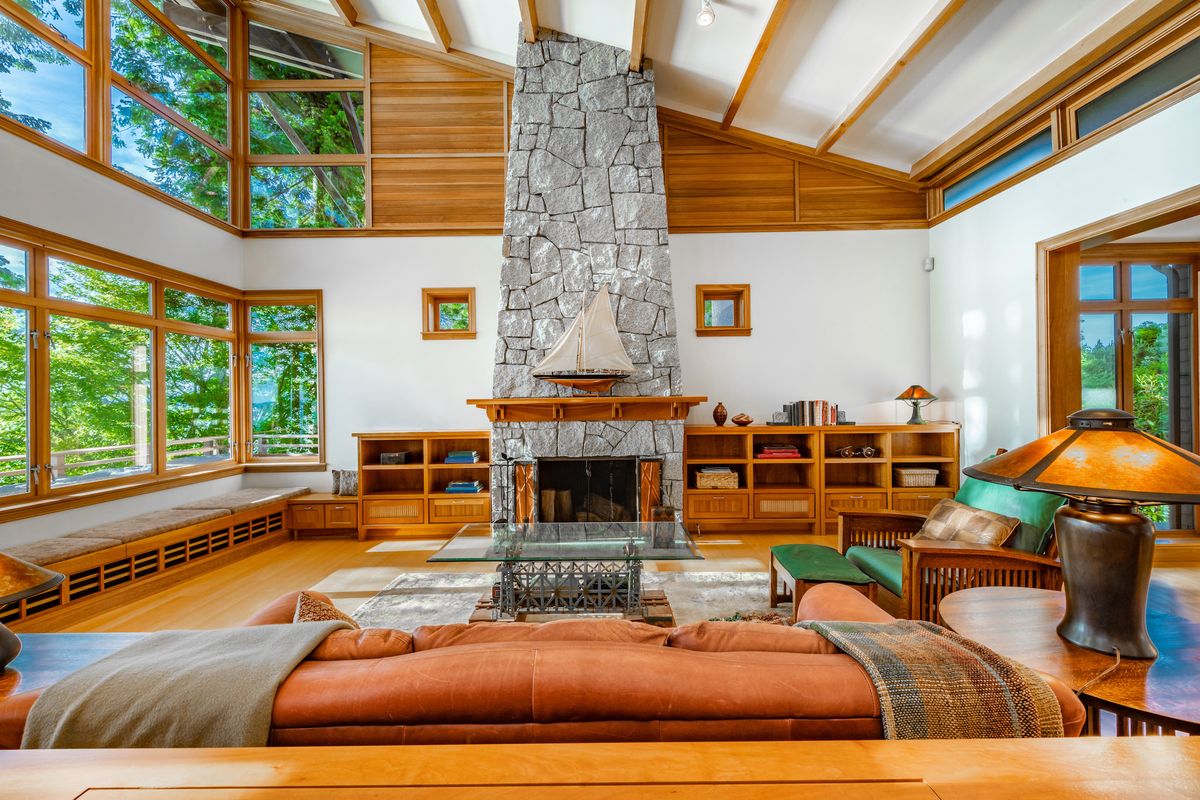
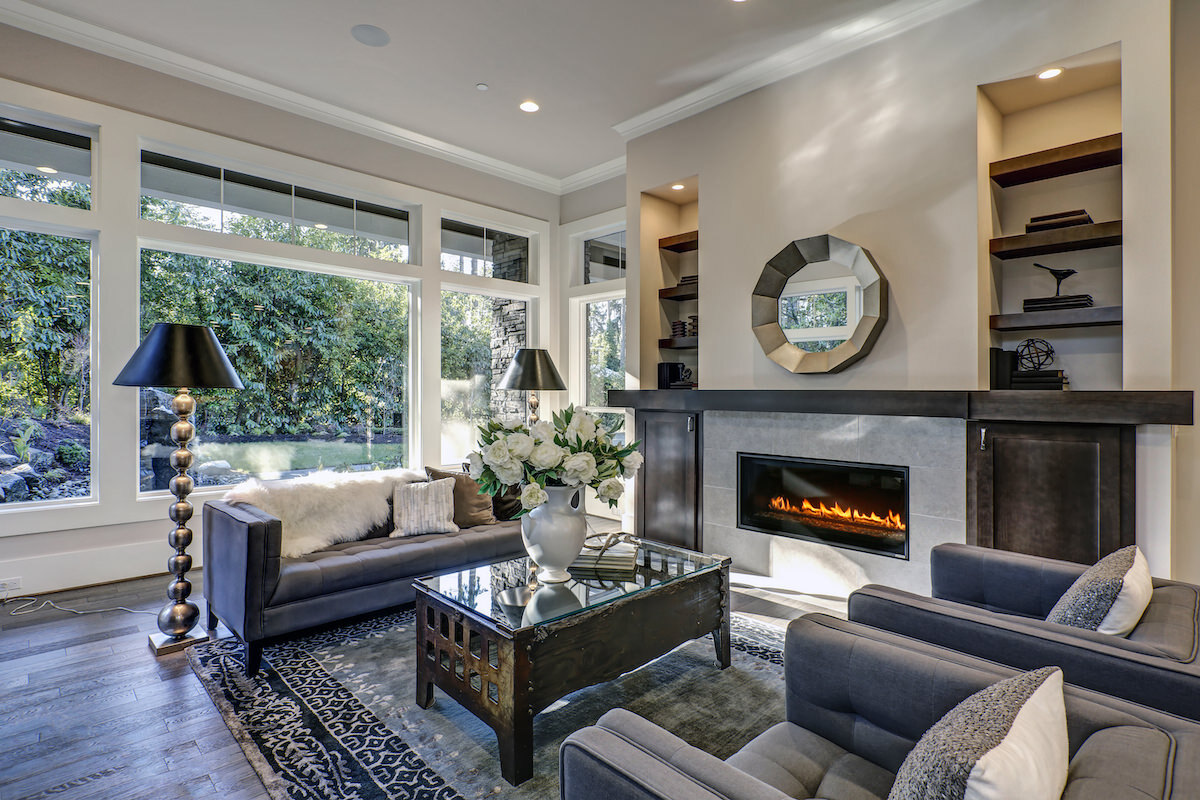
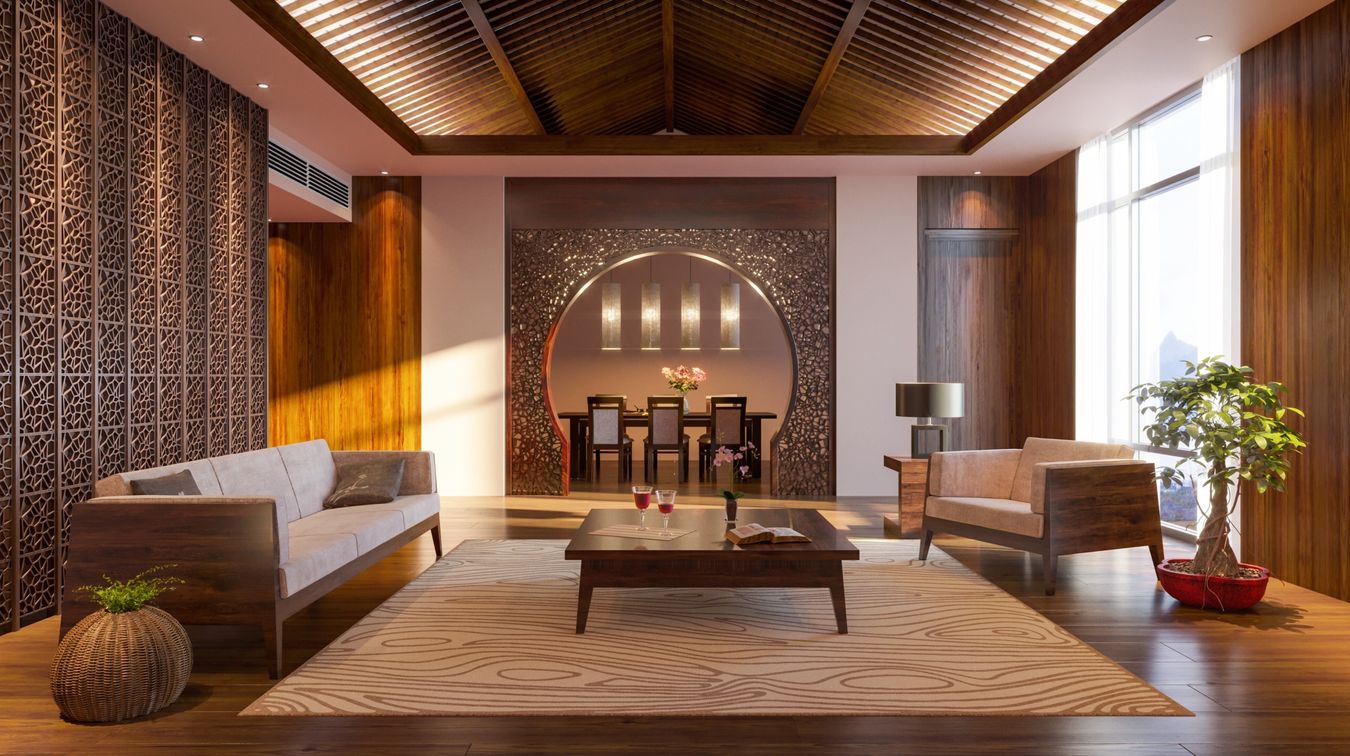
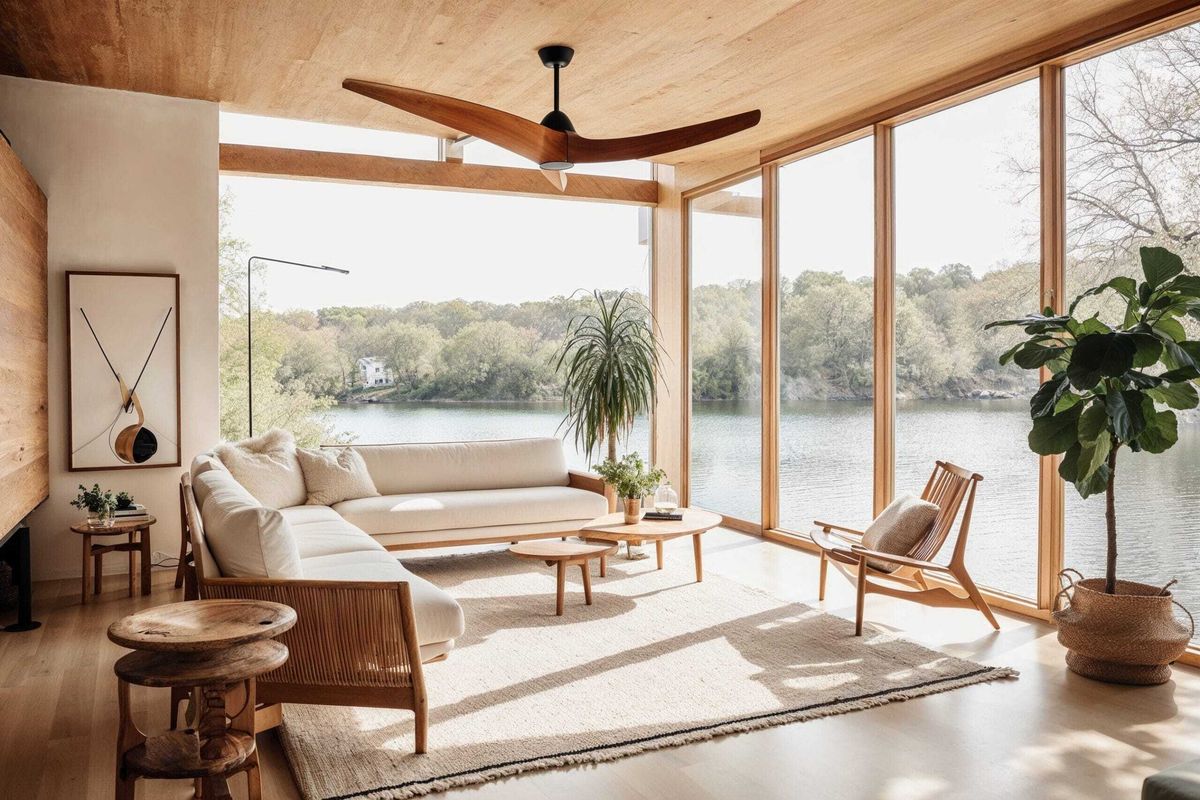
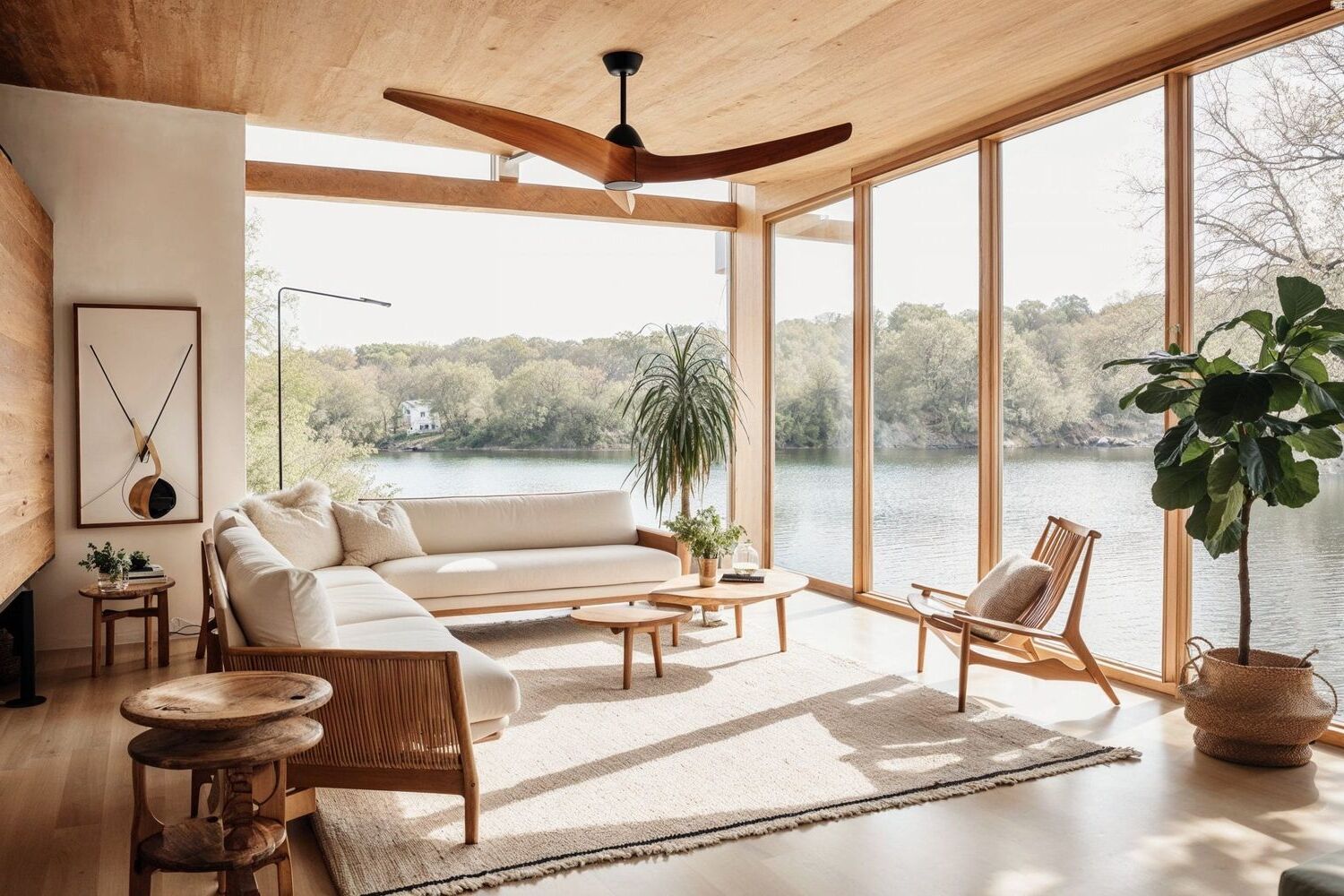
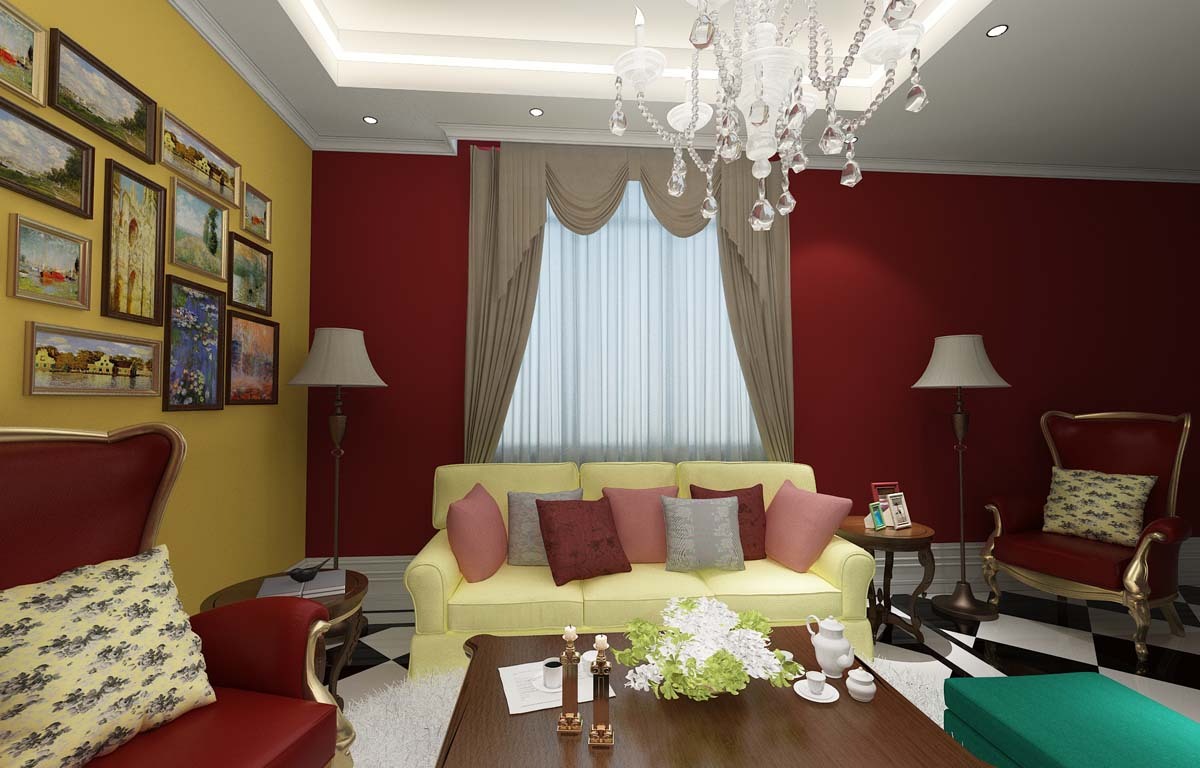
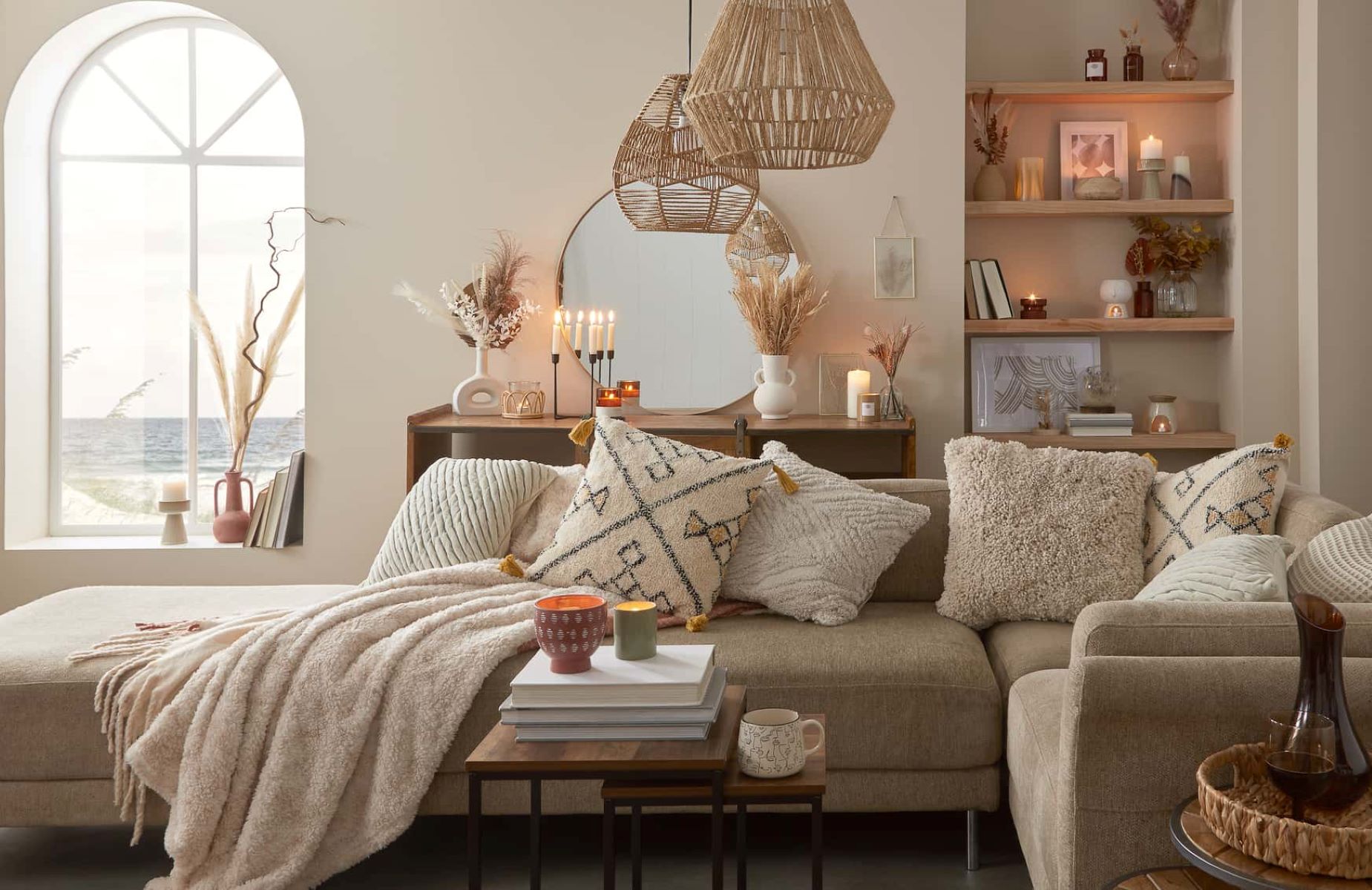
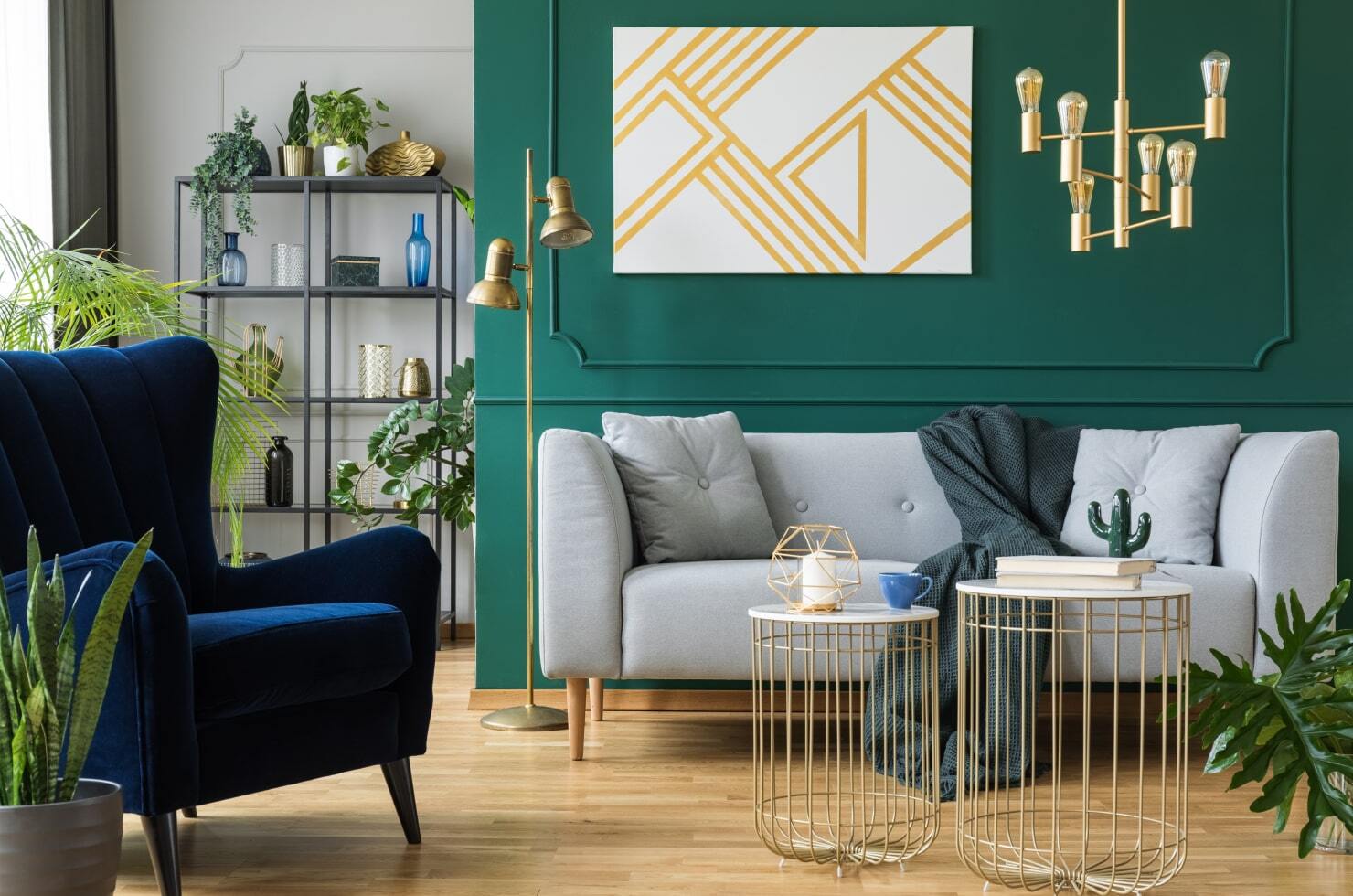
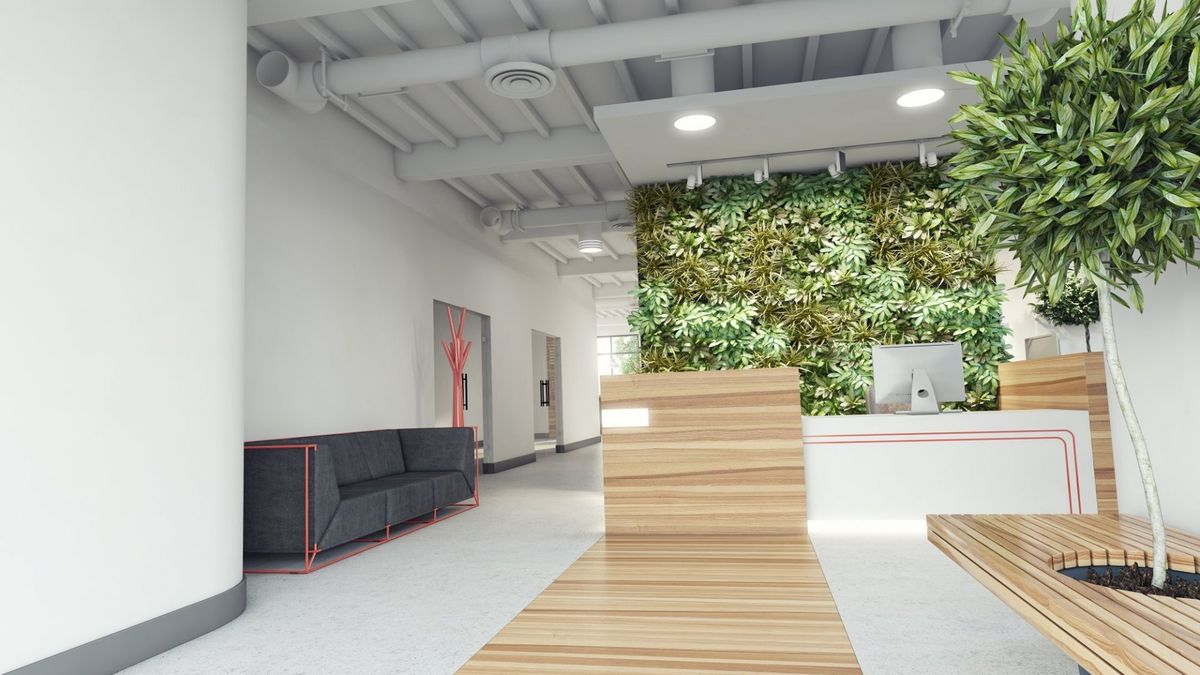
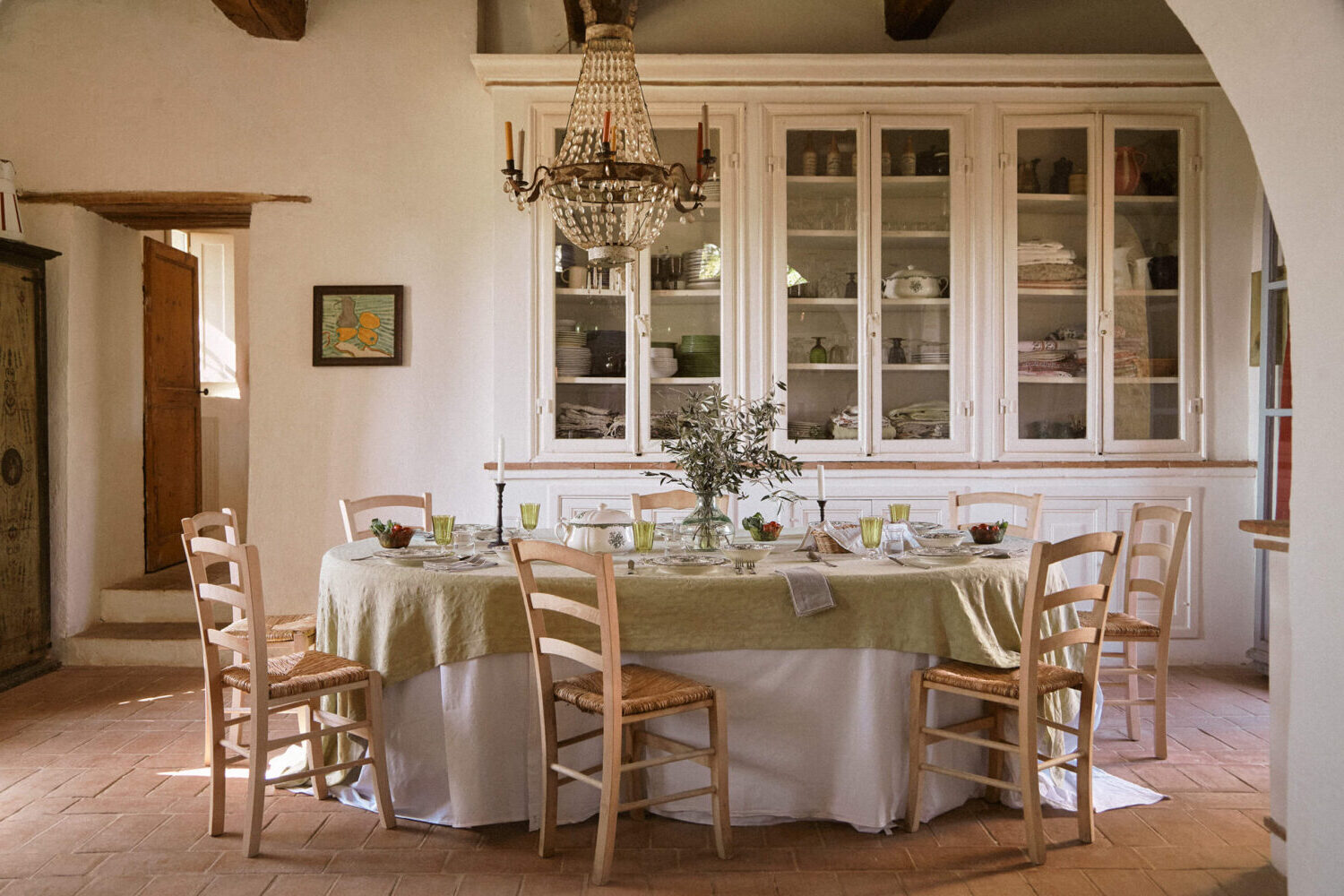
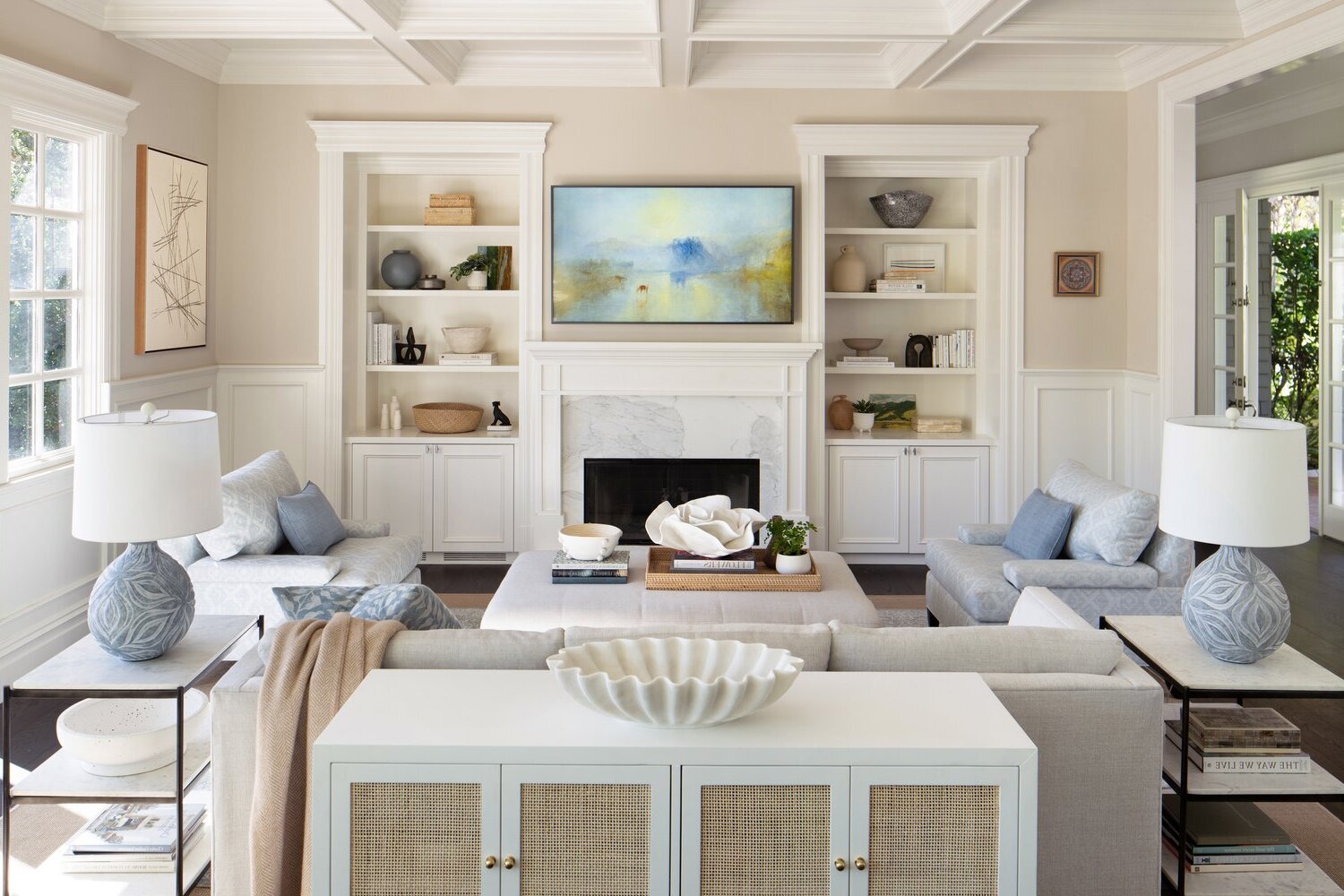
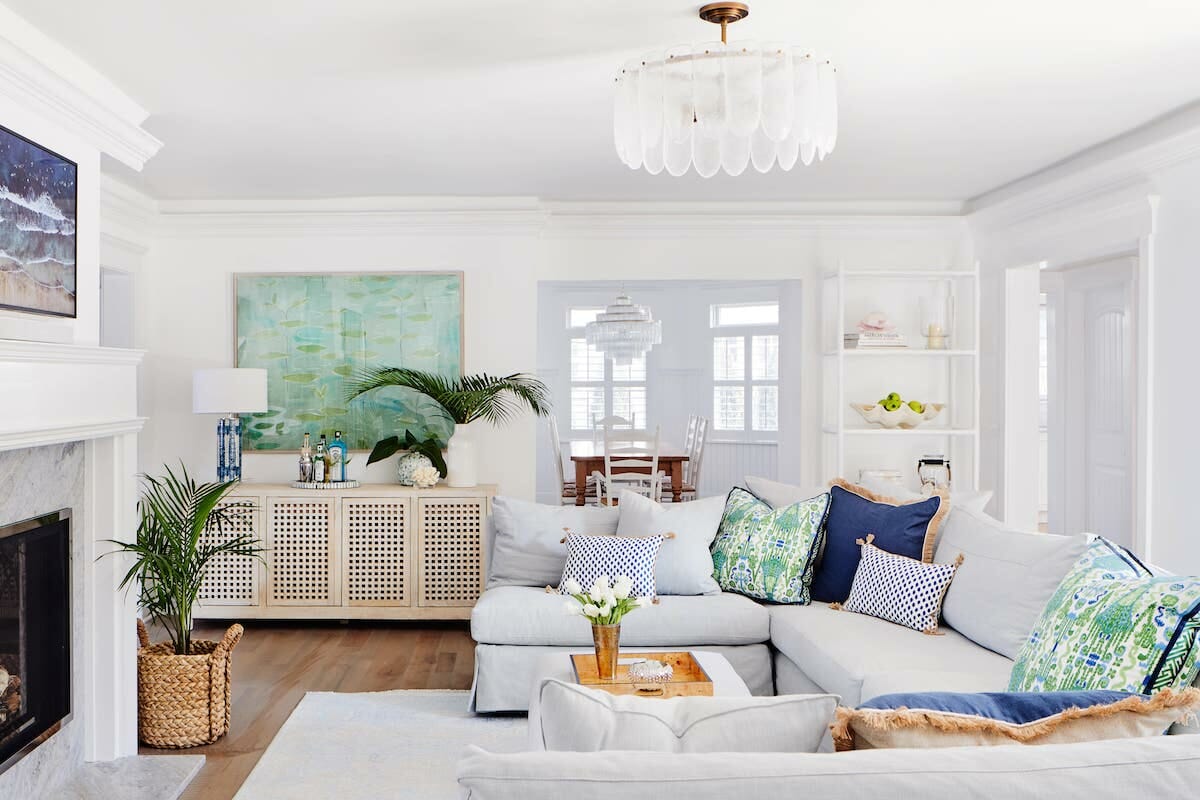
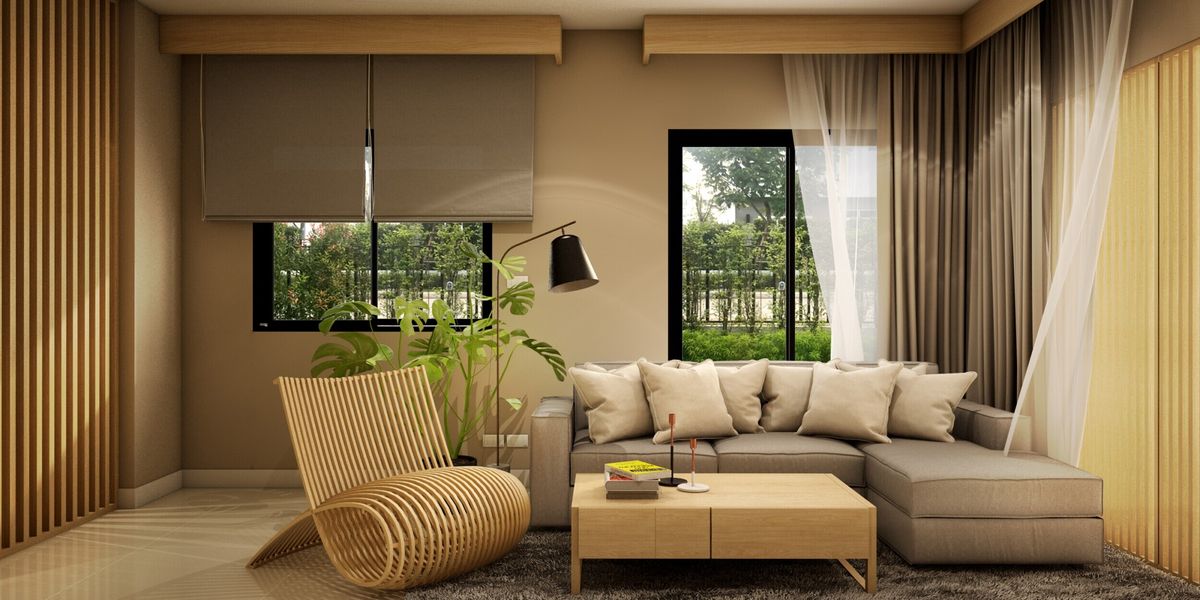
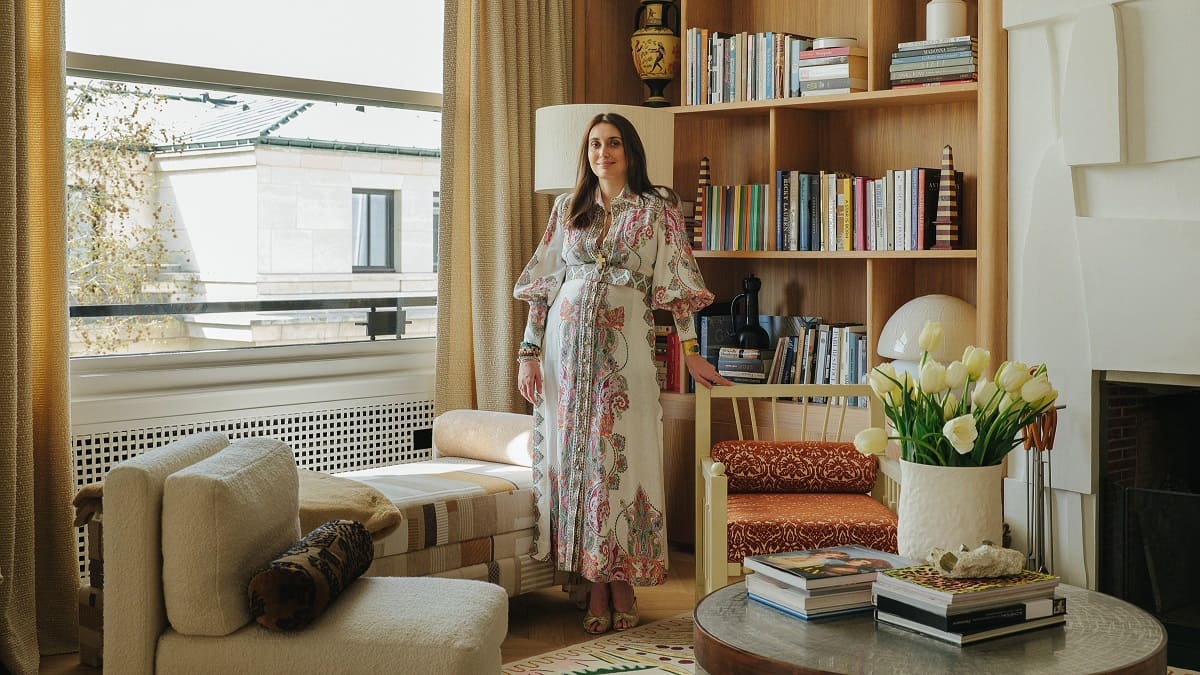
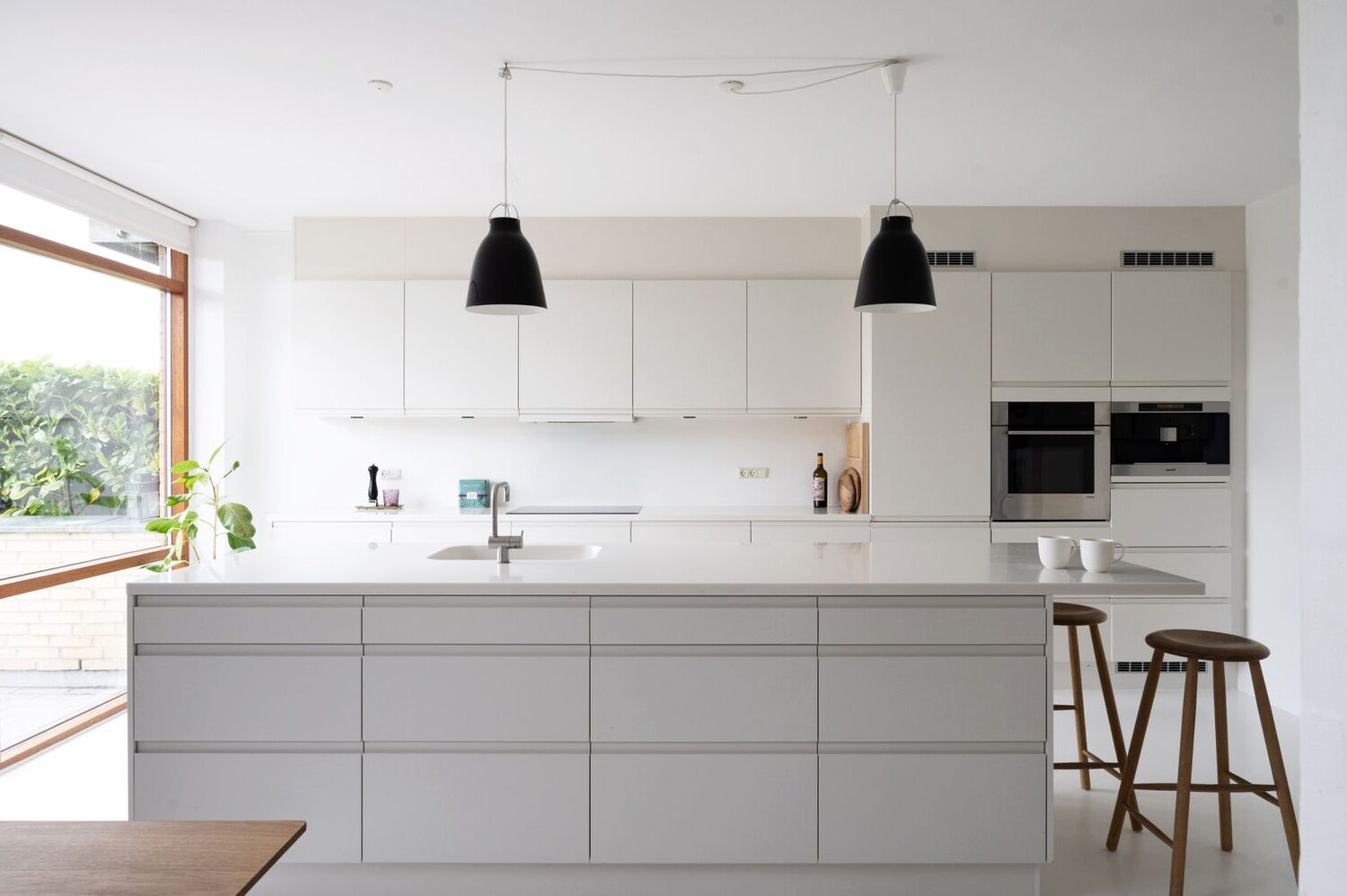

0 thoughts on “Nature-Inspired Biophilic Interior Design”